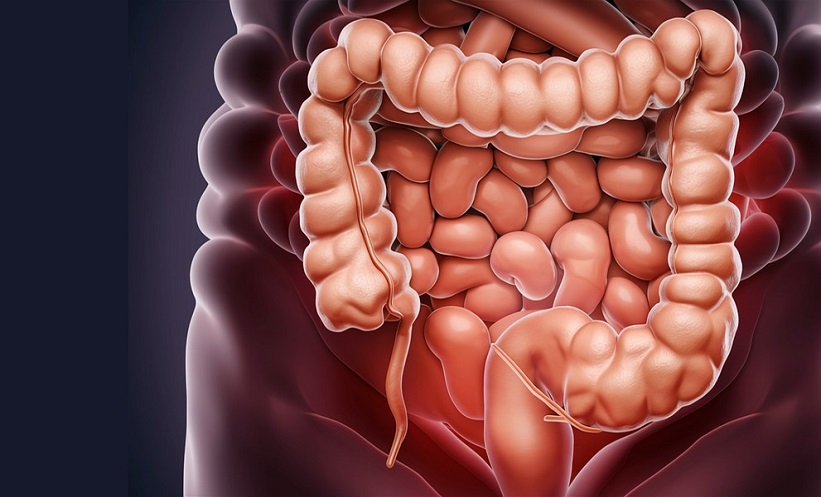COMPUTER-AIDED-DETECTION (CAD) tools could be utilised by radiologists to augment the detection of pancreatic cancer on CT imaging, according to researchers from the National Taiwan University, Taipei, Taiwan. Diagnosis of pancreatic cancer often occurs late, when prognosis is poor. Identifying methods to improve early detection is imperative to reducing the mortality associated with this malignancy. Despite advances in imaging techniques, up to 40% of tumours <2cm in diameter are missed on CT scans.
Focusing on how detection could be improved, a research team from the National Taiwan University developed a deep learning, CAD tool capable of automatically identifying the pancreas and differentiating pancreatic cancers from normal pancreatic tissue with a 90% sensitivity and 93% specificity, without the need for segmentation by a radiologist. Co-senior study author, Weichung Wang, noted that irrespective of stage or size, the tool was able to detect pancreatic cancer at a similar sensitivity to that of experienced radiologists working in a tertiary referral centre.
The tool was developed using scans from 546 patients with pancreatic cancer and 733 control participants with a normal pancreas, and achieved 90% sensitivity and 96% specificity in correctly differentiating pancreatic cancer from normal tissue. Following this, the tool was validated against 1,473 CT scans from several centres in Taiwan, where it achieved 90% sensitivity and 93% specificity in differentiating pancreatic cancers from normal pancreatic tissue. Of note, the tool was also able to identify tumours <2cm in size with a sensitivity of 75%, which is an important area of focus given that prognosis is better when tumours are identified at <2cm.
Looking towards the future, the researchers noted that a limitation of their study was that it did not analyse performance across diverse populations, which is something they hope to achieve. In addition to this, they hope to analyse how the tool performs prospectively in real-world settings. Whilst further studies are required to fully assess the role for tools such as CAD in assisting practicing radiologists, the results from this retrospective analysis are promising, and highlight how artificial intelligence can work to enhance and optimise the detection of pancreatic cancer.








